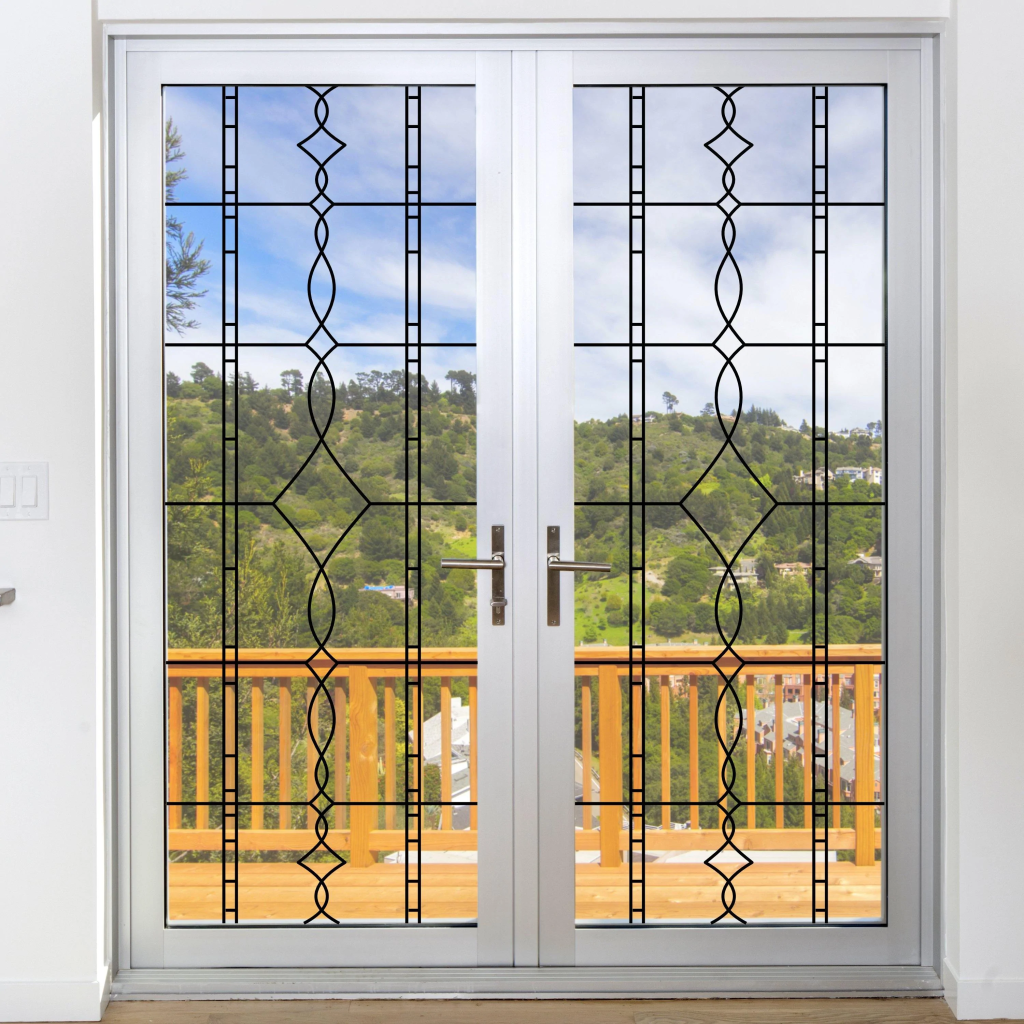A home’s interior design can be enhanced with the right window glass designs. Glass allows natural light to enter a room while also providing protection from the weather. It can be used in doors, windows, and shop fronts. Decorative glass can make a house more attractive and increase its resale value. There are many different styles and designs to choose from.
When selecting windows, you must consider the performance of the product as well as the aesthetics. In addition, your budget will affect your decision. You will also want to select an energy-efficient window for your home. This will help you save money on your heating bills. For a more energy-efficient home, you should look for windows that have a low U-factor. If you live in a warm climate, you might prefer a lower U-factor, as you will be using the product most of the time.
In addition, you will also need to pay attention to the shading coefficient. The shading coefficient is the ratio of the amount of solar heat entering through the glass to the average temperature of occupants. High SHGC values are desirable in buildings that require passive solar heating.
Other features to consider include the type of coating that is applied to the glass. This will drastically affect how much heat is gained through the window. Additionally, glare control is important in a variety of applications. Glare is a form of visual obstruction that occurs when the surface of a glass panel is too bright. As a result, a glare control coating can limit the contrast ratio between the glass and the interior of the building.
Window glass designs have come a long way from their original minimalist design. These days, you can choose from frosted, semi-transparent, or transparent glass. To ensure your home has the style you want, it is best to choose a glass design that will match your interior.
During the past few years, glass composition has changed to make interiors more energy efficient. Low-emissivity glass is a popular option because it reflects more infrared radiations, reducing heat loss in a hotter climate. Also, the use of tints can dramatically affect the amount of heat your windows allow through.

Another way to reduce the U-factor of your windows is to choose glass that is impact resistant. This type of glass features a strong polymer interlayer that holds the glass together when it is hit. Impact-resistant glass is four-fold stronger than untreated glass. However, when changing a glass pane, it is better to have tempered glass, which does not shatter when broken.
Casement windows are a popular choice because they offer a range of benefits, including ease of use, natural ventilation, and low maintenance. They are easy to clean and can be slanted to guide prevailing winds inside a structure. Some casement windows even have a low-E coating to block UV rays.
Dormer windows are frequently used for lighting purposes. These windows, which are usually vertical, let light into an attic or attic room. Unlike conventional windows, dormer windows are typically placed above doors and can have a fan-shaped design.


